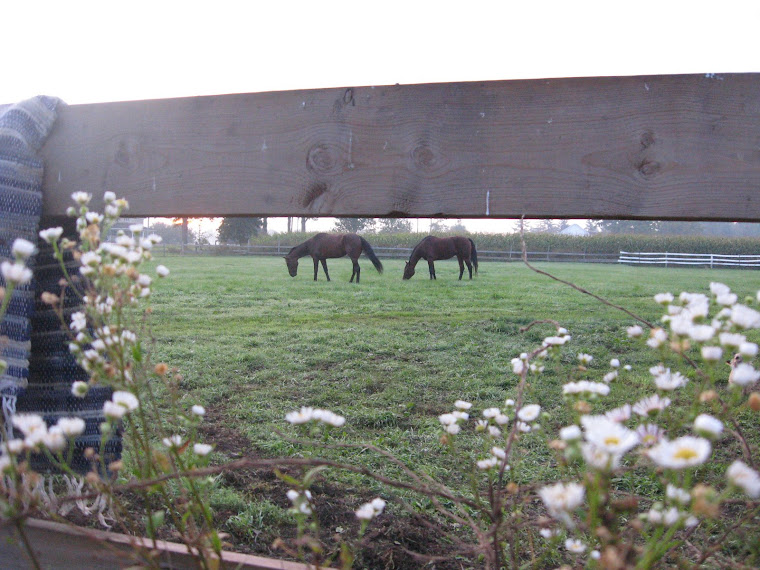Last year, I gave away 140 BOXES full of books. 140.
I don't regret it for a second. Our library is now more open and airy, and my hubby now has a bigger space for his office. (One of my goals is to sort and organize his office, but that's a post for another day.)
I just happened across a page on the internet a few days ago. It inspired and challenged me.
#40BAGSIN40DAYS
Ann Marie was inspired by another blogger, and took the plunge a couple of years ago, ridding her house of 40 bags of stuff in 40 days. The stuff was given away, sold, or thrown in the trash... no matter the size of the bag, there were 40 bags of things that she didn't need gone from her home, for good!
http://www.whitehouseblackshutters.com/40-bags-in-40-days-2014/
So, I took the challenge.
I cleaned a small cupboard by my desk, filed all of my stickers, and put all of the electronics neatly in a drawer. I also filed my bills and set up a file box for finances, another one for our church, and another one for a "tickle" file for my personal use. I then cleaned up my roll top (craft desk):
Results so far?
- gave towels and glasses to Elena
- got rid of four bags of garbage
- organized my entire desk, all the drawers, and filing system
- tidied and sorted craft desk; labelled containers so everything's easy to find
- found my original birth certificate from Jeffrey Hales Hospital
- found pictures and love notes from my kids and hubby




+desk+before.jpg)
+desk+after.jpg)















